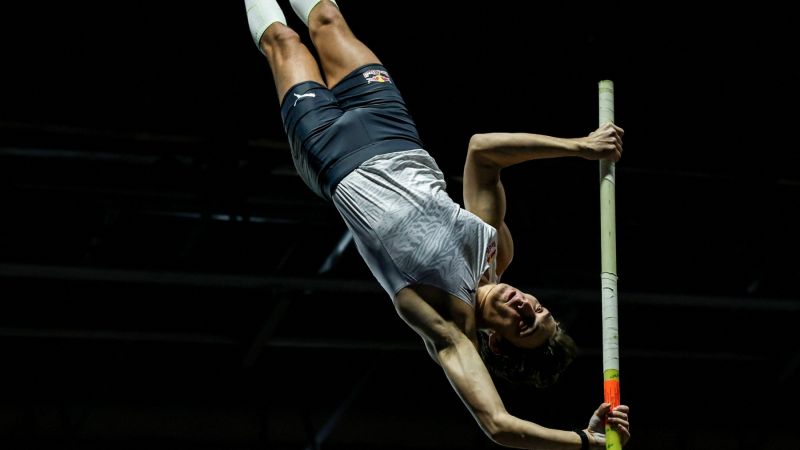As the 2025 World Athletics Championships unfold in Tokyo, thousands of athletes are competing across track and field disciplines for 147 medals. Yet fans may notice something unusual: medal ceremonies often don’t happen immediately after the final whistle.
Instead, the championships use a distinctive two-step process designed to give both athletes and fans a more inclusive celebration.
The two-step medal process
While television viewers may see winners draped with medals moments after their race or event ends, these are usually symbolic awards. The engraved medals, along with the national anthem for each gold medallist, are reserved for a formal ceremony held the following day.
The approach is meant to create a clear separation between the intensity of competition and the dignity of the awards, organisers say. It also allows time for the medals to be properly prepared, engraved, and presented in a dedicated setting.
Inside the Medal Plaza
The heart of this tradition is the Medal Plaza, a purpose-built space next to the Japan National Stadium. Most official ceremonies are staged here before the evening sessions begin. Unlike the main events, entry to the plaza is largely free, meaning fans who could not secure tickets for stadium action can still take part in the celebrations.
The exception is the final day of the championships, when athletes competing in late events often receive their medals the same evening, though only after the closing ceremony has concluded.
By decoupling competition from presentation, organisers say the plaza setting transforms medal ceremonies into community events. Families, school groups, and casual visitors can all watch athletes honoured on the world stage without the barriers of ticket pricing or availability.
Why the delayed format works
World Athletics officials argue that the model enhances fan engagement and inclusivity. Rather than squeezing ceremonies into hectic stadium schedules, the plaza provides a platform where the spotlight falls entirely on the athletes’ achievements.
Athletes themselves have embraced the format. US shot put champion Ryan Crouser, for instance, is known for mingling with supporters, signing autographs, and taking photos after his ceremony. Many competitors view the extra time as an opportunity to share their success more directly with the public.
The setting also helps extend the championships’ atmosphere beyond competition arenas, keeping Tokyo buzzing with celebrations even on days when fewer finals take place.
A tradition with meaning
The delayed medal format has become a defining feature of the World Athletics Championships, blending spectacle with accessibility. For organisers, it underlines the sport’s aim to be open and welcoming. For athletes, it ensures their career-defining moment is given centre stage. And for fans, it offers the rare chance to celebrate sporting triumphs up close—often for free.
As the 2025 championships continue, the Medal Plaza once again serves not just as a stage for winners, but as a meeting point for the global athletics community.

